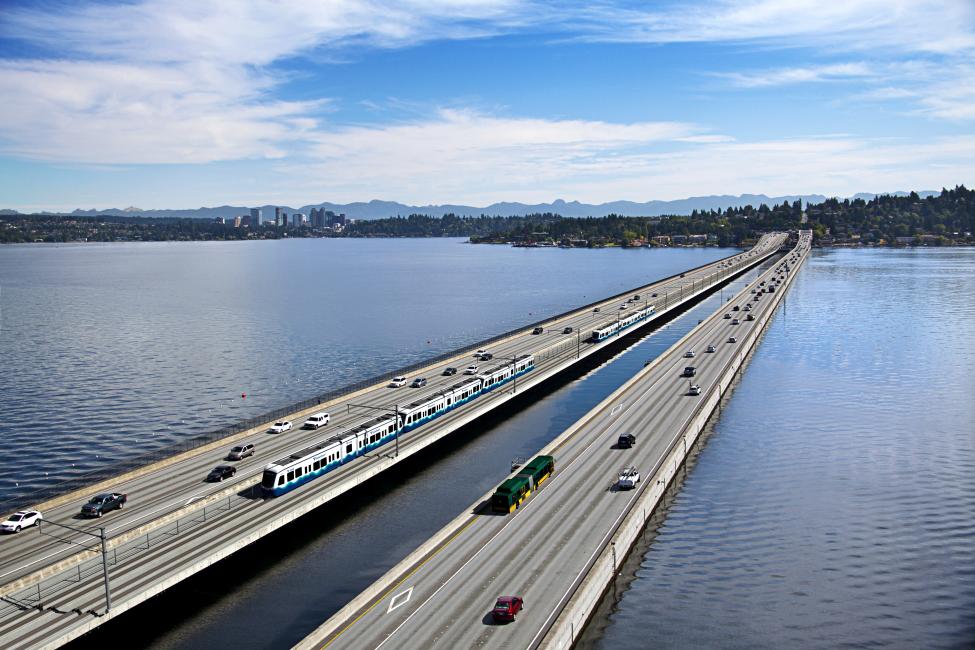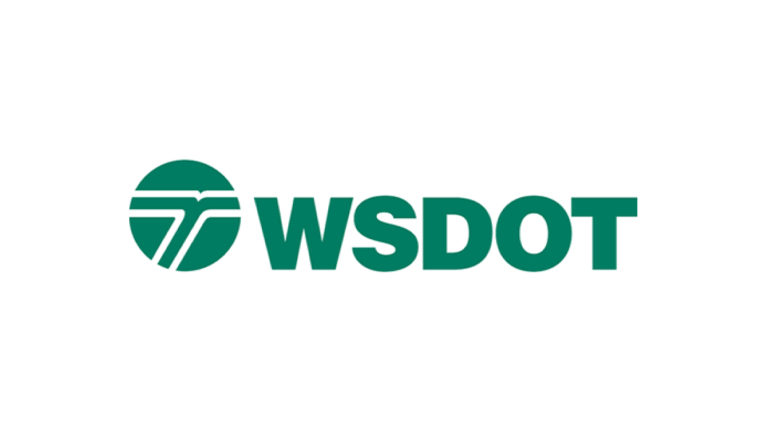
image: Sound Transit
Issue
Transportation agencies that own, operate, and maintain infrastructure need validated, science-based tools to inform critical decisions regarding maintenance, repair, and operation of their assets. Typically, the current condition of assets (and the identification of any issues) is assessed through visual inspection, and thus depends on the experience and judgment of the inspector. Maintenance and repair decisions follow these inspections and are based on the observed conditions. Given the large uncertainty and limits of the data available, this procedure has the potential either to be unduly conservative, and therefore to waste precious resources through premature maintenance actions, or to miss anomalous behavior, which might lead to emergency work when the issue becomes problematic.
Spark
Real-time embedded sensing technologies that feed a digital model, or “digital twin,” have the potential to monitor conditions over time. This capability leads to an accumulated database of response, covering all seasons of the year, and thus a rich understanding of past and present operational conditions on which to base maintenance and repair decisions. It gives the background data against which present performance can be compared, for the purpose of identifying anomalies.
This transformative technology is now feasible thanks to recent developments in Internet of Things (IoT) sensors that enable a new era of integrated sensing and real-time analytics. Although previous research has investigated the use of digital twin technology for girder, arch, and cable stayed bridges, it is not yet in widespread use, in part because there is a limited understanding of how to interpret the data from such systems, what that data means in terms of changes in the performance of the structure as a whole, the environmental context of the collected data, and the in-situ reliability of these systems over their intended service life.
Overview
This project will deploy IoT sensors on the Interstate 90 Homer Hadley floating bridge across Lake Washington between Seattle and Mercer Island. Additional attention is warranted because of the new demands imposed on the structure by trains operating on the East Link light rail extension in the coming years. Performance of the floating bridges is sensitive to many more inputs, and depends on many more response quantities, than a more conventional bridge. This makes them ideal candidates for applying digital twin technology, particularly because the interplay between different measured quantities, such as anchor cable forces and lateral bridge movement, cannot be examined using present methods.
The objective of this proof-of-technology project is to evaluate the benefits, limitations, and tradeoffs that an agency or agencies could expect when using IoT digital twin technologies for asset management, maintenance, and operations.
The project would include the following research tasks:
- Connect a small number of lab-based sensors to Microsoft’s Azure Digital Twins platform, in a trial implementation of that part of the technology
- In collaboration with technology partners, run an introductory workshop engaging both WSDOT personnel and the research team, to evaluate the most cost-effective approach to using the project resources
- Co-create instrumentation plan for the bridge with engineers and maintenance crew
- Install IoT sensors at select locations on the bridge
- Connect sensors and other data streams to digital twin model using Microsoft’s Azure Digital Twins platform. Develop alerts and visualizations in coordination with engineers and maintenance crews
- Collect, correlate and analyze data for a period of one year to capture full range of seasonal changes.
- Disseminate results through presentations, reports, and frequent meetings with WSDOT staff
- Deliver workshop for engineers and maintenance crews to use new technology
Innovation
Digital twin technology has not been used for operations and asset management. If these methods are found to produce useful data and added value for one bridge of WSDOT’s four floating bridges, digital twins could bring systematic change to the way transportation assets are managed.
Impact
This proof of technology project will provide:
- Near real-time, integrated data on the conditions of the Homer Hadley Memorial bridge that can be used to inform operational decisions about bridge closures.
- Alerts sent to operations and maintenance personnel when anomalies and issues are identified by the sensors (e.g., threshold water level in pontoon).
- Digital alignment guidance for seasonal anchor cable adjustments to correspond with lake level changes.
- Historical record of cable stresses, correlated to bridge position, with which to base future seasonal adjustments to anchor cable tensions.
Better information for ongoing cable performance could be used to make more informed choices about replacement. For example: in 2022, 38 cables were replaced on the I-90 bridges at a cost of approximately $9 million. This represents approximately 90 times the cost of the proposed study. If the improved service-life information can show that the average cable life can be extended by, five years beyond the present approximately 25 years, the potential ROI is approximately 2000%.
If successful, this project would provide a blueprint for implementing this technology at scale to provide real-time monitoring data for critical bridge assets.
Team
This work is supported by the Federal Highway Administration, Challenge Seattle, the Washington State Department of Transportation, T-Mobile, Microsoft, Bentley Systems, and WSP USA.
Academic Department
Faculty Leadership
Contributors
- Bart Treece, Director, Mobility Innovation Center










